As we are looking to start producing testing builds for our community, we need to get some form of game loop implemented. Even if primitive in nature, we need a way for players to play through a series of battles with varying enemies. Following on from the last Blog Post that discussed deck building, having a series of fights where a player can be rewarded by a new card after victory is going to vital to allow such a system to exist. Enter the Campaign.
The Campaign
At its very core, the Campaign represents the player's "play-through". When you start a game, you'll have a starting party of adventurers and a base deck to start with. Your first combat will have you use that base party and the base deck of cards, and would typically be against an easy opponent. You then, upon beating the enemy, will get to choose a new card to add to your deck as a reward. The cards chosen as rewards will almost always seem preferable to the cards in the base deck. The enemies will get tougher as you progress. Your party's health will persist between combats - meaning damage you take in fight will reduce the health you start with in the next.
In the future, a Campaign will also mean more than just combat. The player will be faced with multiple paths that they can take, though each will lead to the same destination eventually. However, each path will consist of varied points of interest along the way. Most of points of interest will result in combat, though others will allow your party to partake in other activities. For example: you may come across a new party member to join your ranks; you may come across a campsite or an Inn to replenish some health. But importantly, we want the player to feel their choices are meaningful, both in which route they take and which choice they make a given point of interest. Perhaps at the Inn you can choose to either buy some food to gain a buff for the next few encounters or you can spend the night and recover HP. We want players to be able to strategise about what route they take on their adventure.
Why is choice important?
From a design perspective, giving player choice is essential to us. When playing a game, especially a game that has RNG elements such a card game when you're drawing cards, things can often feel like its simply down to luck. As much as this can create some highs and lows for the player, ultimately you feel like you're not behind the steering wheel. When you're winning due to luck, it isn't such a bad feeling. However, it is more rewarding if you've made decision or taken chances along the way and they've paid off and as a result you are successful. The player gets positive feedback for their decision making and can feel satisfied knowing that their input influenced the flow of the game.
On the other hand, if a player loses due to bad luck without having had much choice in matters, it can feel extremely unsatisfying. It can feel like you're destiny is set, and you are merely a passenger along for the ride. When you've made choices and still lose, it allows the player to reflect and question the choices that were made. The experiences gained shape the player's future decision making. It encourages the player learn the game, to strategise and importantly - play the game often!
Choice can also help differentiate good players and average players. If someone takes their time and thinks through their actions in detail, taking calculated risks, there should be a different end result (on average) when compared to the player of someone more happy go lucky. Giving a player the ability to get better at the game can create a different level of engagement.
What are we developing right now?
I have implemented the foundations of a Campaign, which keeps a persistent party and deck of cards between combat encounters. The next steps include:
Allow a Campaign to be composed of N fights, with the difficulty of fights growing as you progress
After being victorious in a combat encounter, the player can choose one of N cards to add to their deck
Add in non-combat encounters, which provide opportunities for the party to do things such as: heal; gain cards; recruit party members.
Eventually, allow a non linear progression through the encounters that make the Campaign, giving player branches of choice.
Once that is set up, it gives us a great environment for us to test how our current card game implementation feels. Importantly, it also means we can get hands from the community to get some much appreciate feedback! If you wish to get hands on some early access content, join the Discord!
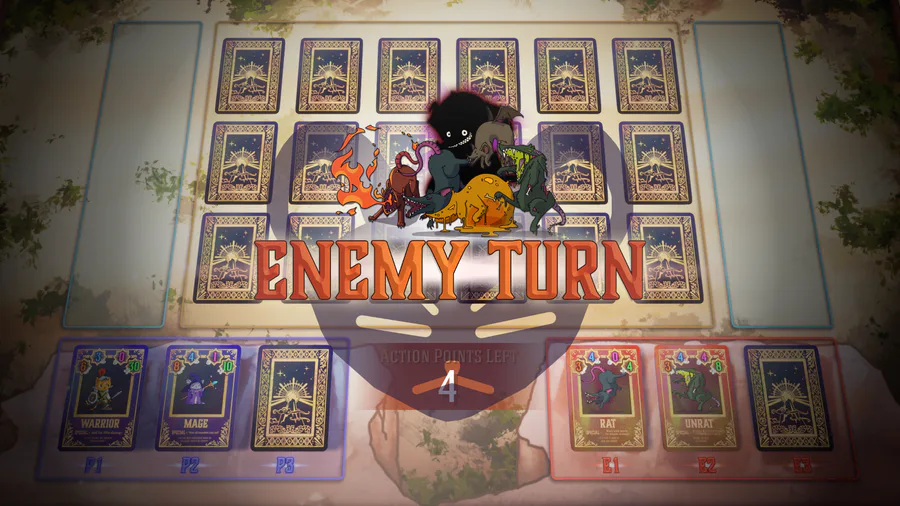
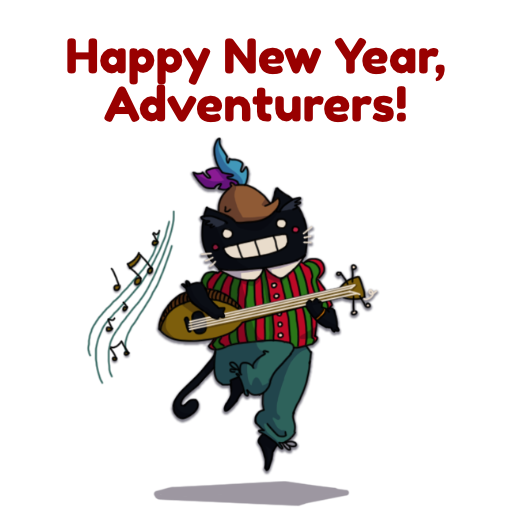
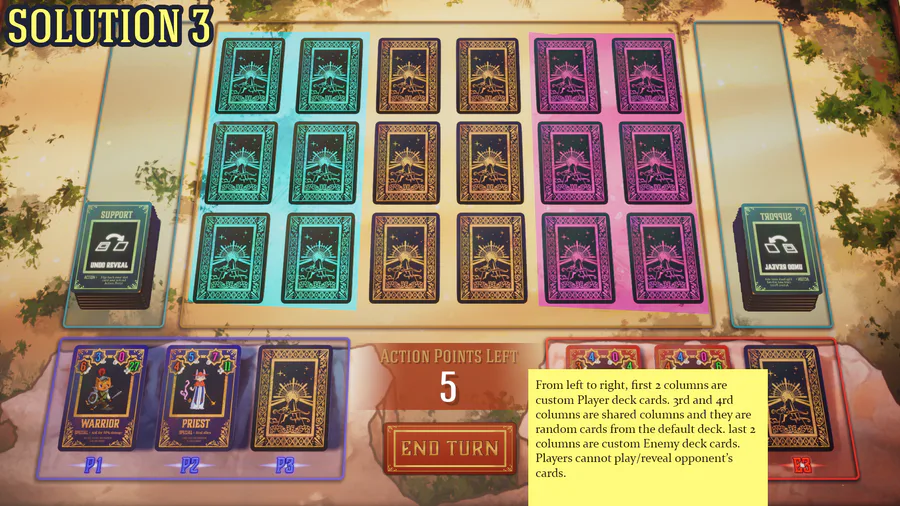
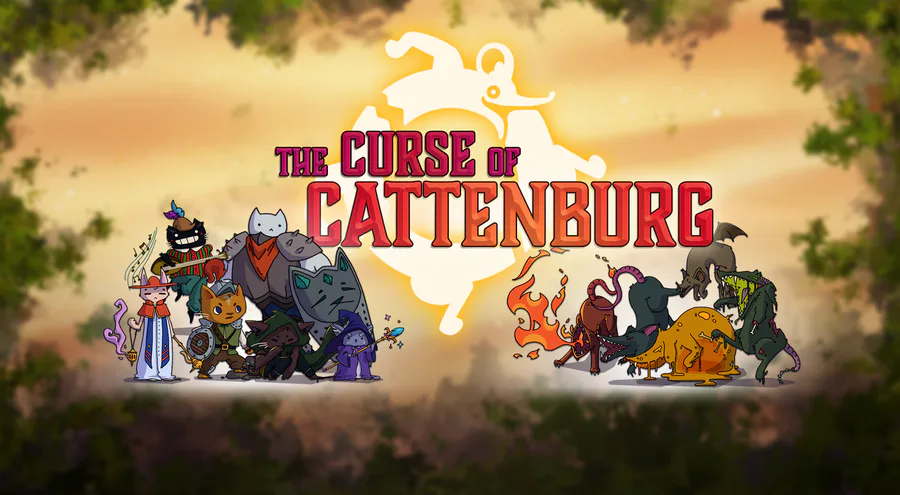
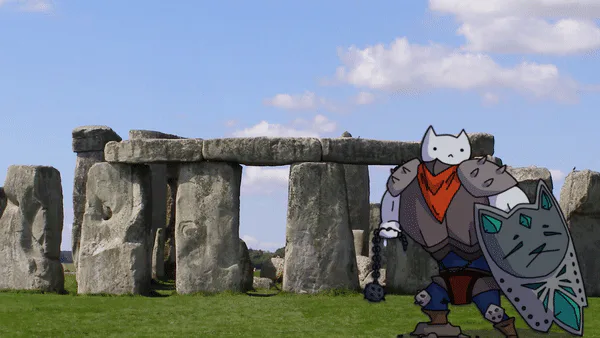
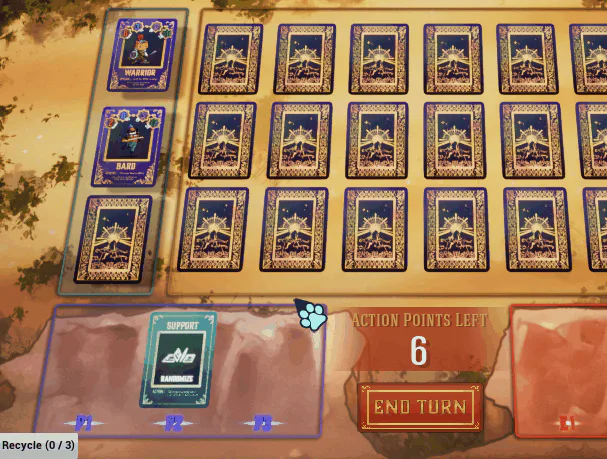
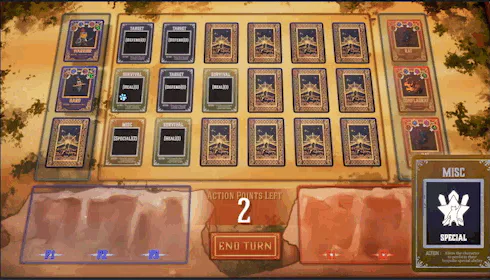
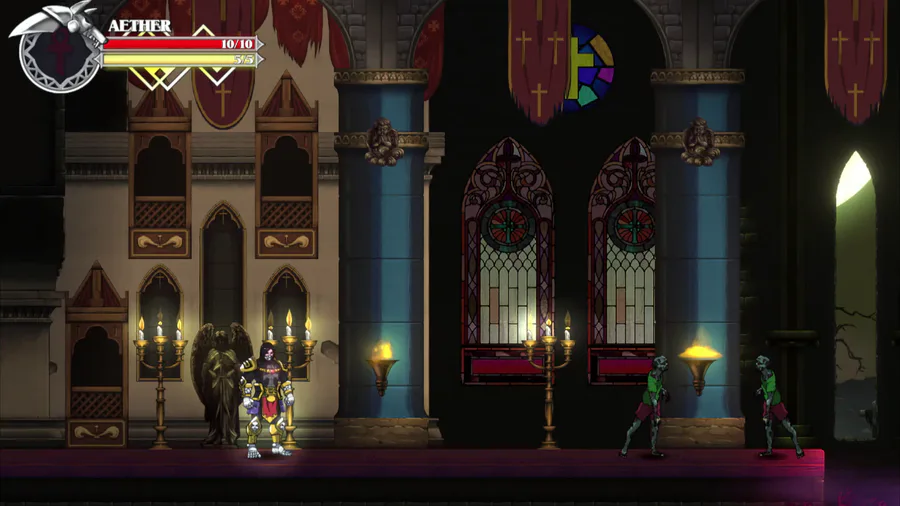
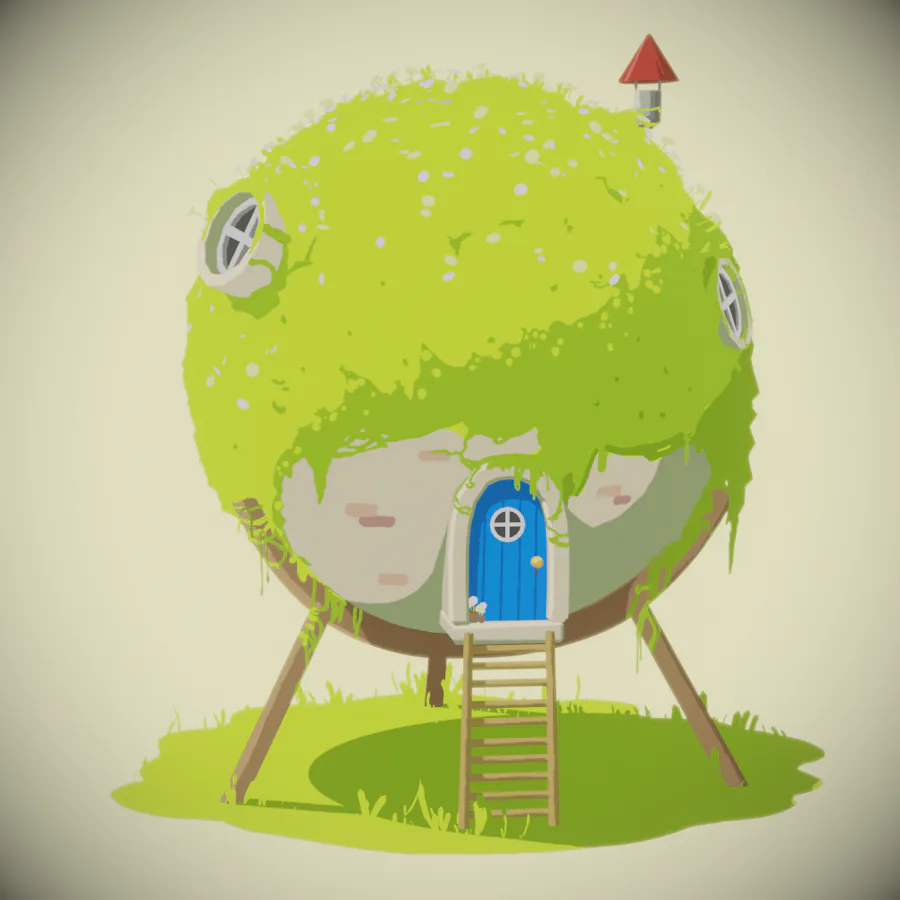
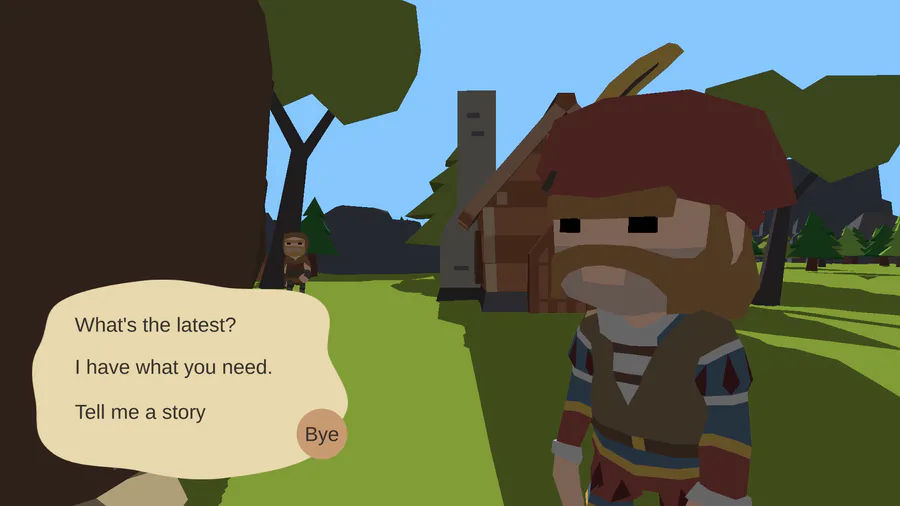
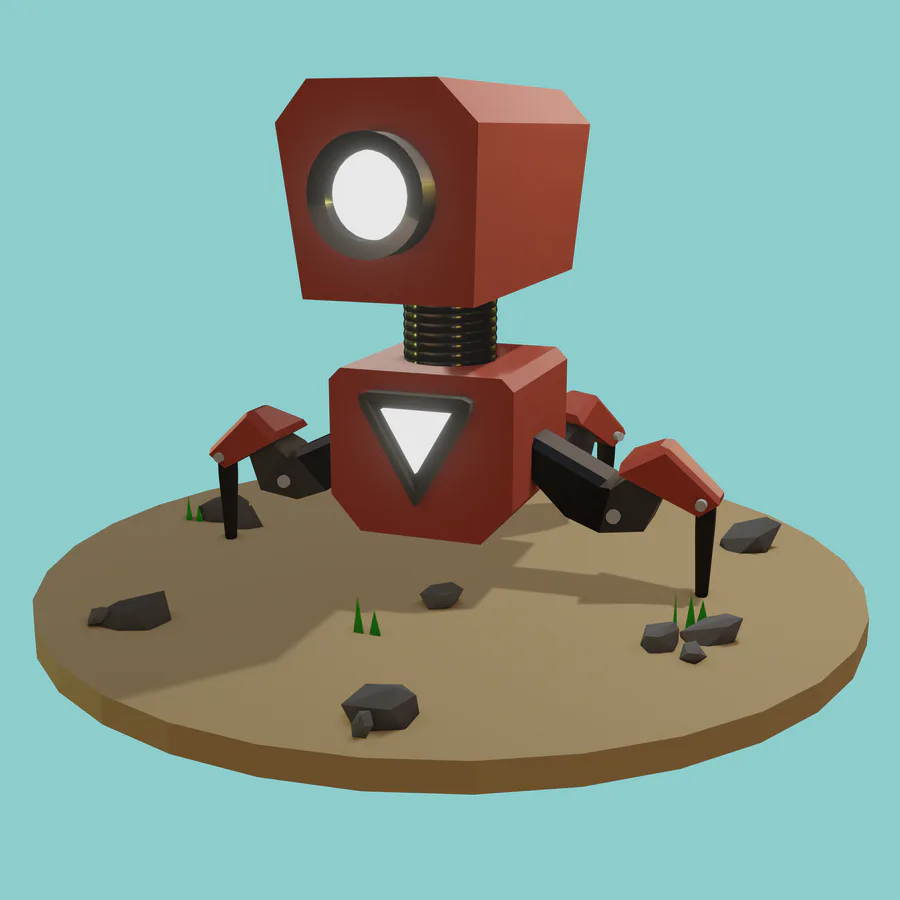
0 comments